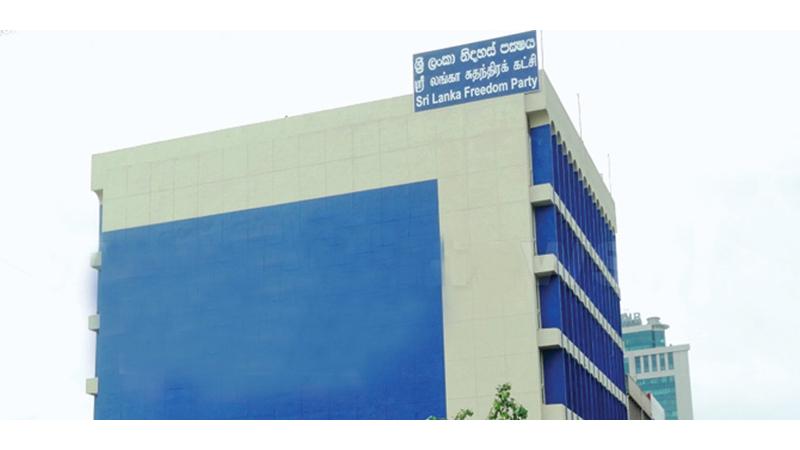
Three years after Sri Lanka gained Independence, S.W.R.D. Bandaranaike who was then a Minister in the government of the United National Party, quit the government and the UNP to form the Sri Lanka Freedom Party. It became a major party in the country.
In 1956, the SLFP came to power with the support of left parties. Unfortunately, Bandaranaike was assassinated by supporters of his own party, in 1959.
During the Bandaranaike era, several radical measures were implemented. Although Bandaranaike championed the ‘Sinhala only’ policy, he was not a communal minded politician.
To solve the language issue, he signed the Bandaranaike-Chelvanayagam pact which was possibly the best compromise to assuage the fears of the Tamil minority. However, his political opponents opposed this. Due to his far-sighted policies, his reputation soared as a versatile statesman, at home and abroad. During this period, he was the only Sinhalese leader who rose to national stature. It was in fact claimed that in the general election of 1956, the Tamils in the Sinhala areas voted for the SLFP, against their own parties.
It was very clear that the SLFP government adopted ‘middle path policies’. Many foreign leaders visited Sri Lanka during this period. This created the original environment for the Non-alignment Movement.
After the death of Bandaranaike, a general election was held in March 1960, but there was no positive result since no party obtained an absolute majority in Parliament. Then, the SLFP and a section of the people invited Mrs. Bandaranaike to assume the party leadership.
However, she did not contest the July election, but under her leadership, the SLFP formed a government. With all members of parliament who supported her husband she pursued a ‘Middle Path Policy’. Under her leadership, the SLFP became very popular and in due course, produced six Prime Ministers and two Presidents. Mrs. Bandaranaike created a ground-breaking record by becoming the first ever Woman Prime Minister in the world.
The SLFP governed the country for over 35 years, and several radical programs were launched during its tenure. Diplomatic relations were established with many countries, specially in the then socialist block. The SLFP government faced 1962 coup by high officers of the security forces, and the 1971 JVP uprising as well.
The SLFP leadership never over-looked its members especially those who supported it. One such member was the late D.A. Rajapaksa, a father of nine children for whose alms-giving Mrs. Bandaranaike visited and met Rajapaksa’s second son Mahinda Rajapaksa.
She decided to help the Rajapaksa family, and accordingly provided the opportunity for Mahinda to contest the parliamentary election through the SLFP. Mahinda won the seat and gradually rose to be minister, Prime Minister and President. His achievements stemmed from Mrs. Bandaranaike’s original decision. Mr Bandaranaike’s decision was a turning point in the Rajapaksa family’s political fortunes.
The SLFP was formed on the pivotal support of ‘Sanga’, ‘Veda’, ‘Guru’, ‘Govi’,and ‘Kamkaru’.
According to political analysts the Rajapaksa family was more benefited by the SLFP than its founder S.W.R.D. Bandaranaike. Mrs. Bandaranaike, Chandrika and Anura had the opportunity to rise up to commanding positions in the political fabric of the country.
Their father D.A. Rajapaksa passed away in 1976. Forty three (43) years after his death what made Gotabaya spend 33 million of public funds to construct a Memorial Museum, other than the fact that they wanted to build a monument Museum greater than that built for D.S. Senanayake, S.W.R.D. Bandaranaike, or R. Premadasa.
After forming the Sri Lanka Podujana Peramuna, Mahinda declared Gotabaya as the SLPP presidential candidate and prevented the SLFP from fielding its own candidate. Then the SLFP invited SLPP leaders for discussions but they adamantly refused. SLPP leaders disagreed to contest from the Sri Lanka Freedom Party using its symbol.
The SLFP leaders knew that the Rajapaksa family was forming a separate party against the SLFP, and they did not have the strength to protect the party and its symbol. Leaders of the SLFP had no other option than to support the SLPP.
Political analysts say that as SLFP leaders surrendered their party to the SLPP, it is the second assassination of the Sri Lanka Freedom Party Founder, S.W.R.D. Bandaranaike.
